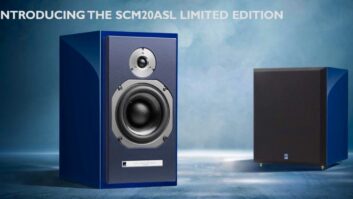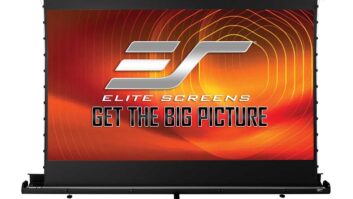TV brand marketers often get a bad rap for trying to fool unsuspecting consumers with bogus specifications touting product superiority. But in the case of contrast ratio specifications, the rap is well deserved.
For the last few years now, contrast ratio numbers have been escalating faster than the rate of home loan foreclosures. At one time, 5,000:1 was considered an excellent contrast ratio. Today, if your TV doesn’t surpass 50,000:1 or even 100,000:1, its contrast spec doesn’t even merit mentioning. In fact, this model year one manufacturer has specified 1,000,000:1, a contrast ratio that no doubt would please Dr. Evil. However, will it please today’s average TV buyer?
There are basically three problems with contrast ratio specifications today:
- They are inconsistent from brand-to-brand.
- They are sometimes theoretical (calculated) and not measured values.
- They don’t necessarily represent actual display performance.
Since manufacturers have not formally agreed to a standard for contrast ratio measurement, all specifications are generated in a different way. As a result, they cannot be effectively compared from brand-to-brand. In addition, some manufacturers arrive at their contrast ratio spec by calculation rather than measurement. This is done to provide the highest possible theoretical spec which does not take into account practical limits of the manufactured product itself and the variables in the actual measurement process.
Then there is the notion that higher contrast ratios denote better display performance. The most common way to measure contrast are full on/off contrast (dynamic contrast) and ANSI contrast (static contrast). Dynamic contrast, the most commonly used method because it yields a higher number than static, is determined by measuring light output with a 100 IRE (or white) signal input and then measuring light output with a 0 IRE (or black) signal input and comparing their values. Static contrast is determined by measuring light output of both black and white with a 16-square checkerboard pattern. Of course, depending on the measurement conditions, dynamic contrast can vary greatly even on the same display. Many factors influence dynamic contrast readings including ambient light, input signal format (full screen white vs. window pattern) and internal display operation (LCD back-light modulation). Additionally, dynamic contrast only expresses a display’s ability to show dark blacks compared to bright whites overall but not within the same scene. Static (ANSI) contrast indicates differences in dark vs. bright within the same scene.
A measurement standard for contrast ratio would indisputably resolve the first two problems with contrast ratio specifications today, inconsistency from brand to brand and theoretical vs. measured. Additionally, with careful consideration by CEA manufacturers, a contrast measurement standard, perhaps combining static and dynamic methods, could also provide a specification that effectively represents display performance.
Manufacturers have been able to agree on measurement methods for other specifications such as resolution (defined by CEA), power consumption (developed with UL and EPA/EnergyStar) and screen size (per FTC agreement).
So why not contrast ratio?












